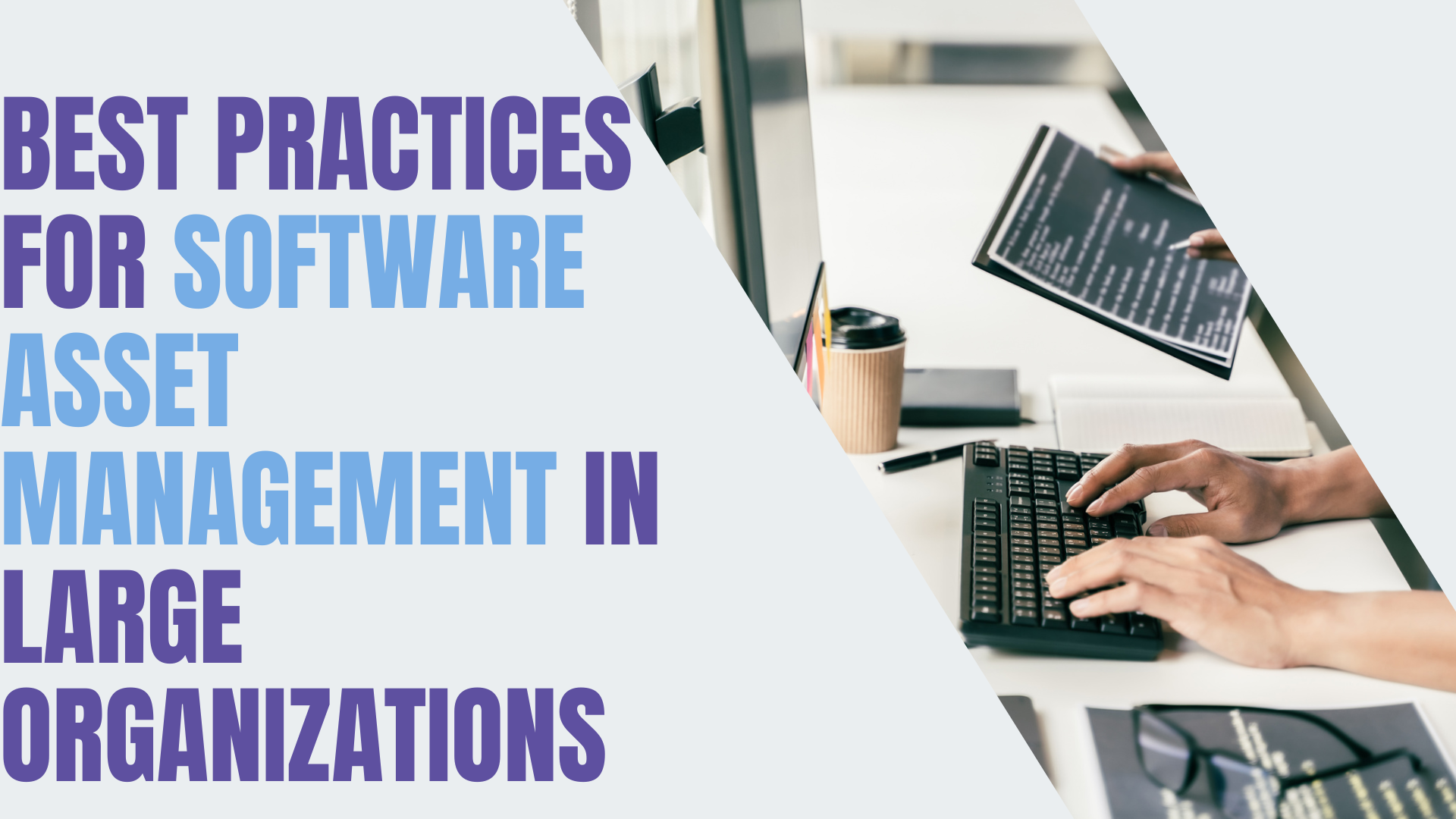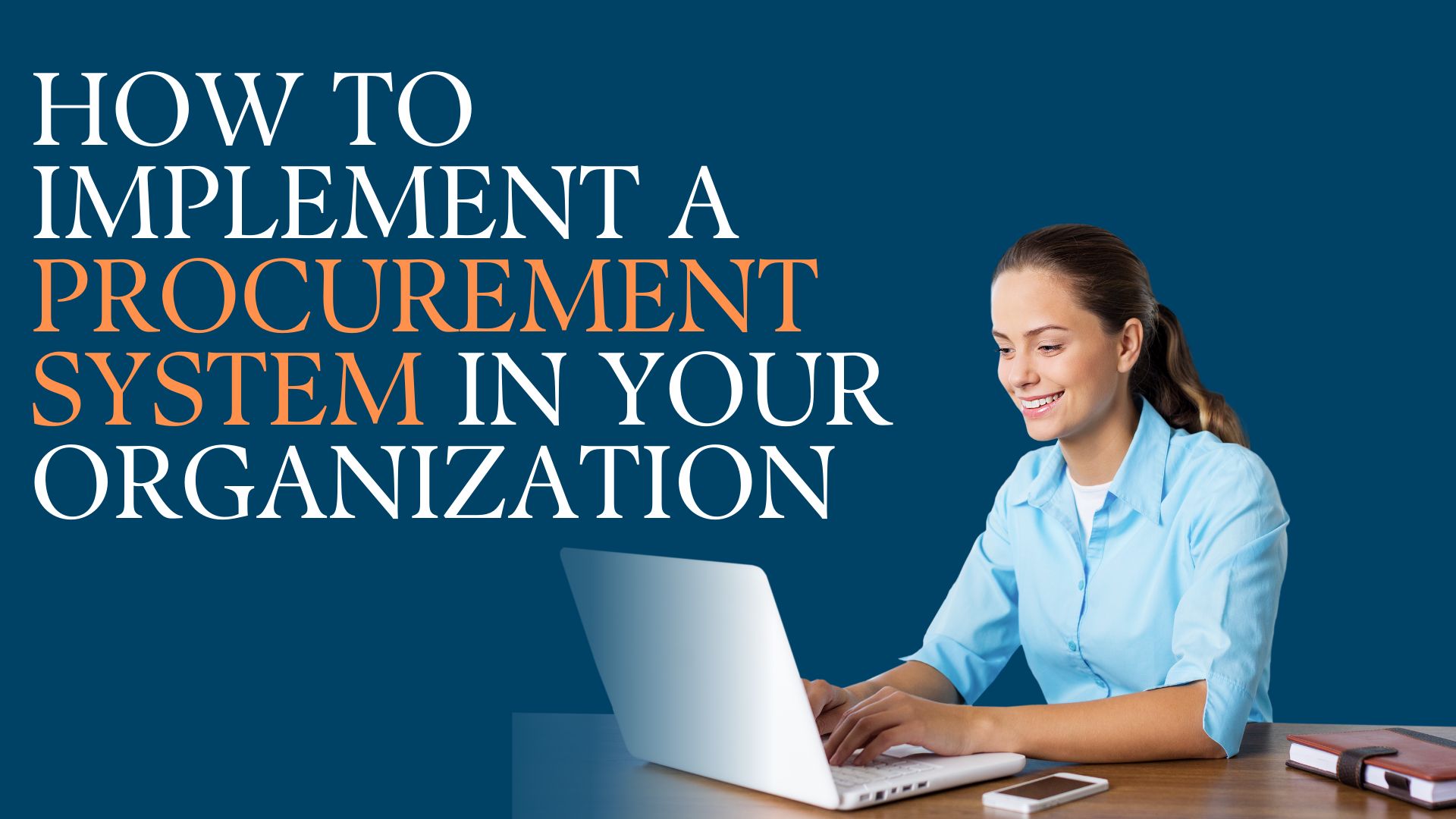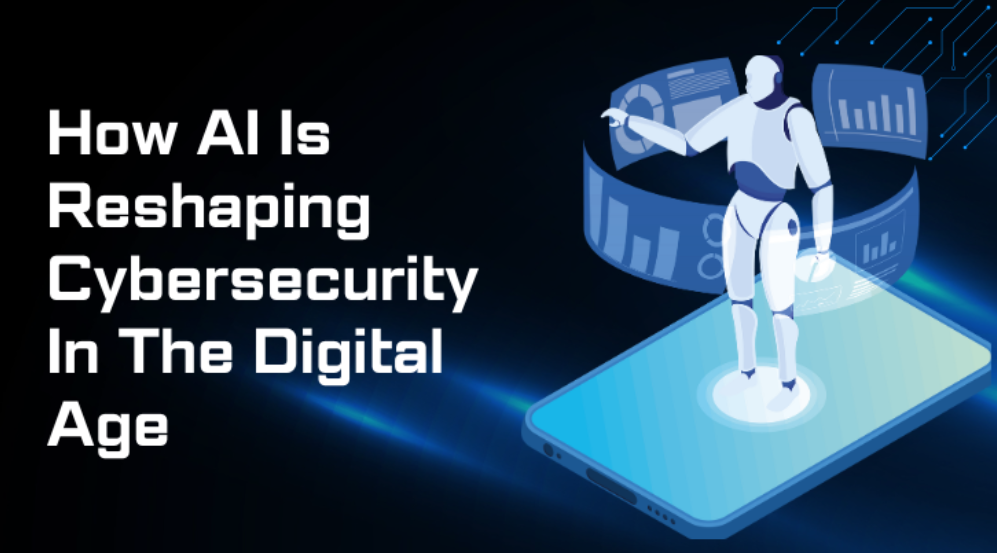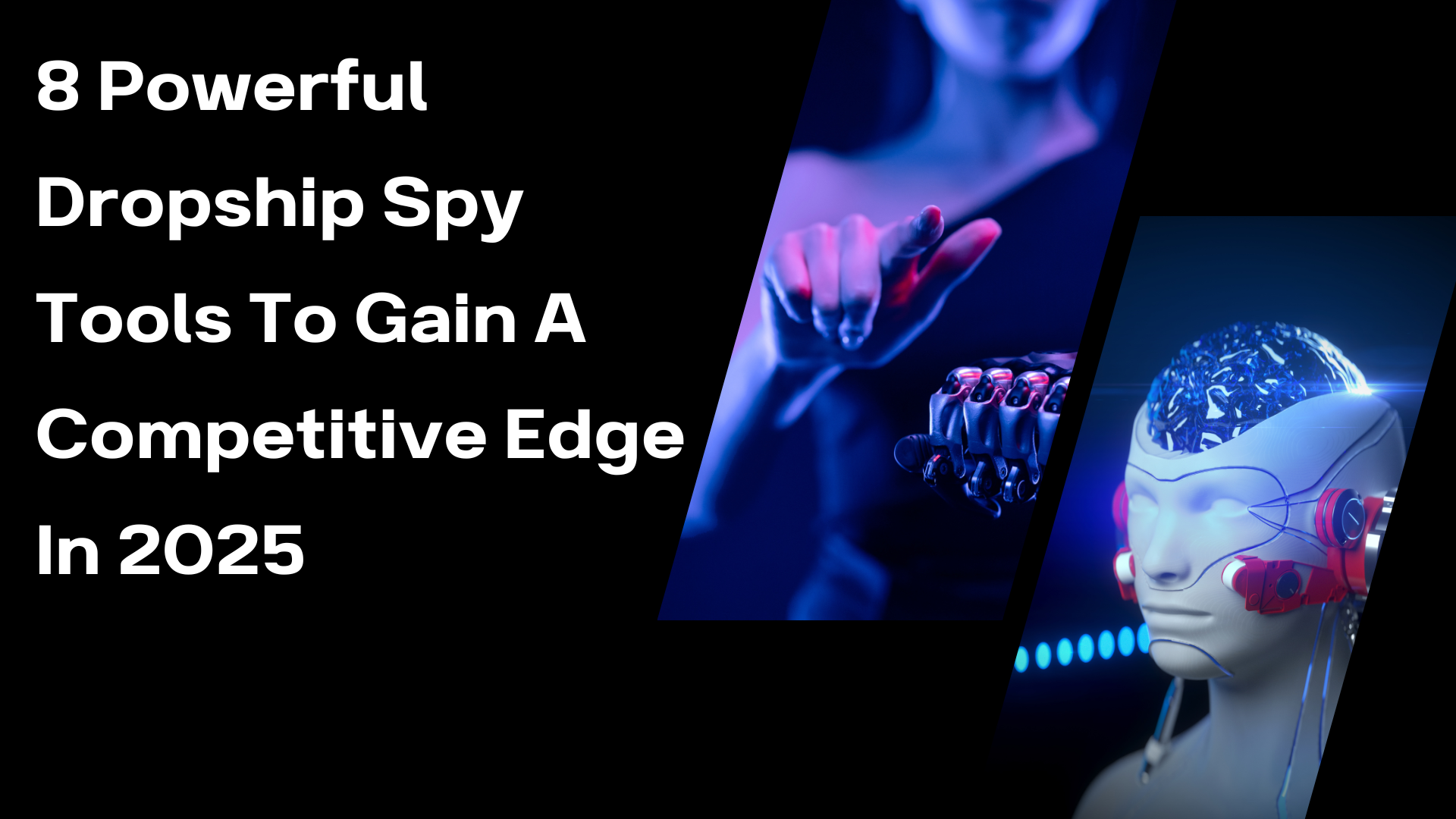In today’s digital landscape, large organizations rely on a vast array of software applications to drive their operations. However, without proper management, software assets can become a costly and chaotic burden. This is where Software Asset Management (SAM) comes into play. A well-structured SAM strategy ensures compliance, optimizes spending, and enhances operational efficiency. But how can enterprises implement SAM effectively? Let’s explore the best practices that can help organizations take full control of their software assets.
Establish a Centralized Software Asset Management Strategy
The foundation of effective SAM in a large organization begins with a centralized strategy. Without a unified approach, different departments may manage their software assets in isolation, leading to inefficiencies, unnecessary expenses, and compliance risks.
A centralized SAM framework provides visibility into software usage, licensing, and expenditures. It also ensures that procurement, deployment, and maintenance align with business goals. This strategy should include a dedicated SAM team or an IT asset management (ITAM) unit that oversees the entire lifecycle of software assets.
Organizations should also implement a Software Asset Management tool to automate asset tracking, license compliance, and software usage analytics. A comprehensive SAM solution, such as https://www.alloysoftware.com/software-asset-management/, can provide real-time insights into software inventory and streamline compliance reporting.
Ensure Software License Compliance and Avoid Audit Risks
Software vendors regularly conduct audits to ensure that organizations comply with licensing agreements. Failure to adhere to licensing terms can result in hefty fines, legal consequences, and reputational damage.
To mitigate these risks, enterprises must maintain accurate records of all software licenses, contracts, and entitlements. They should also implement a proactive compliance strategy by regularly auditing software usage and identifying any discrepancies.
One best practice is to establish a clear policy on software procurement and usage. Employees should be aware of which software they can install and under what conditions. Moreover, organizations should negotiate enterprise agreements with software vendors to ensure predictable costs and reduce compliance risks.
Optimize Software Spend and Eliminate Redundant Licenses
Large organizations often waste significant amounts of money on unused or underutilized software licenses. Without proper oversight, software purchases can spiral out of control, leading to unnecessary expenditures.
A key component of SAM is identifying and eliminating redundant or unused licenses. By analyzing usage data, organizations can determine which software applications are truly essential and which ones can be decommissioned.
Another effective strategy is software license recycling, where unused licenses are reassigned instead of purchasing new ones. This not only reduces costs but also ensures that employees have access to the tools they need without excessive spending.
Streamline Software Procurement and Vendor Management
A well-structured software procurement process is essential to maintaining cost efficiency and compliance. Organizations should establish clear guidelines for acquiring software, ensuring that all purchases go through an approval workflow.
Vendor management also plays a crucial role in SAM. Establishing strong relationships with software providers enables organizations to negotiate better terms, secure volume discounts, and gain access to technical support.
Organizations should consolidate software purchases wherever possible, opting for enterprise-wide agreements instead of fragmented departmental purchases. This reduces administrative overhead and ensures consistent licensing policies across the organization.
Implement Robust Security and Risk Management Practices
Software asset management is not just about tracking licenses and costs—it also plays a critical role in cybersecurity. Unmanaged or outdated software poses serious security risks, making organizations vulnerable to cyber threats.
Enterprises should enforce strict policies on software updates, patch management, and unauthorized software installations. Endpoint management solutions can help automate software updates and detect security vulnerabilities.
Furthermore, organizations should conduct regular risk assessments to identify potential threats associated with software applications. By integrating SAM with cybersecurity frameworks, businesses can strengthen their defense against cyberattacks while ensuring software compliance.
Empower Employees with SAM Awareness and Training
A successful SAM program requires collaboration across the organization. Employees need to understand the importance of software asset management and their role in maintaining compliance.
Organizations should conduct regular training sessions on SAM policies, license usage, and software security. Additionally, IT teams should engage with employees to address their software needs and provide guidance on best practices.
By fostering a culture of SAM awareness, organizations can minimize risks, optimize software investments, and create a more efficient IT environment.
Final Thoughts
Effective Software Asset Management is not just a technical necessity—it’s a strategic advantage. By implementing a centralized SAM approach, ensuring compliance, optimizing costs, and strengthening security, large organizations can gain full control over their software assets. With the right tools and policies in place, businesses can reduce waste, mitigate risks, and enhance overall IT efficiency.
For organizations looking for a comprehensive SAM solution, https://www.alloysoftware.com/software-asset-management/ provides the necessary features to streamline software tracking, compliance, and cost management. Investing in a structured SAM strategy today will lead to long-term benefits, allowing enterprises to focus on growth and innovation.

















Post Comments